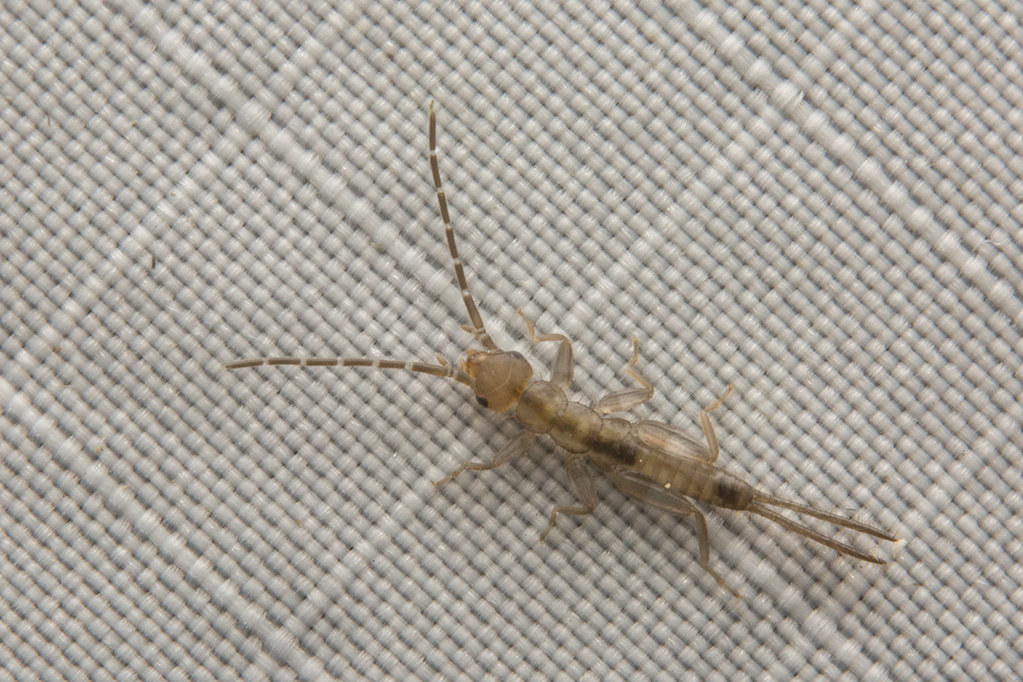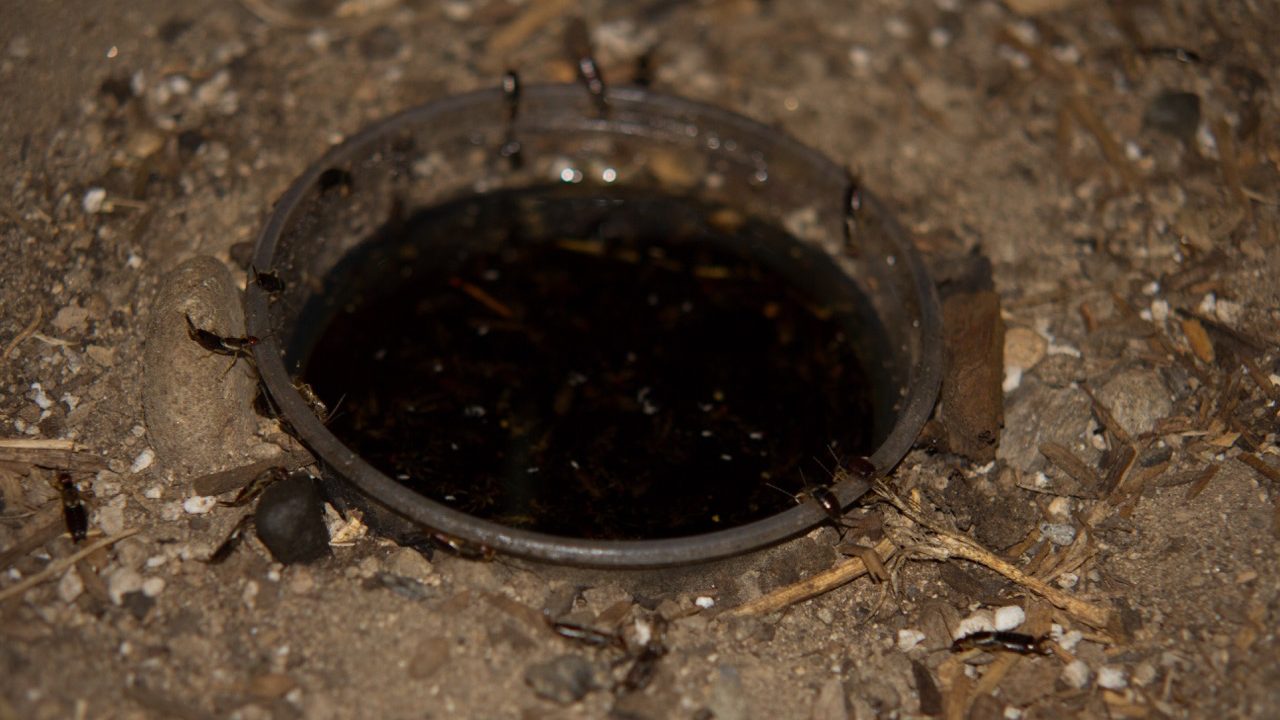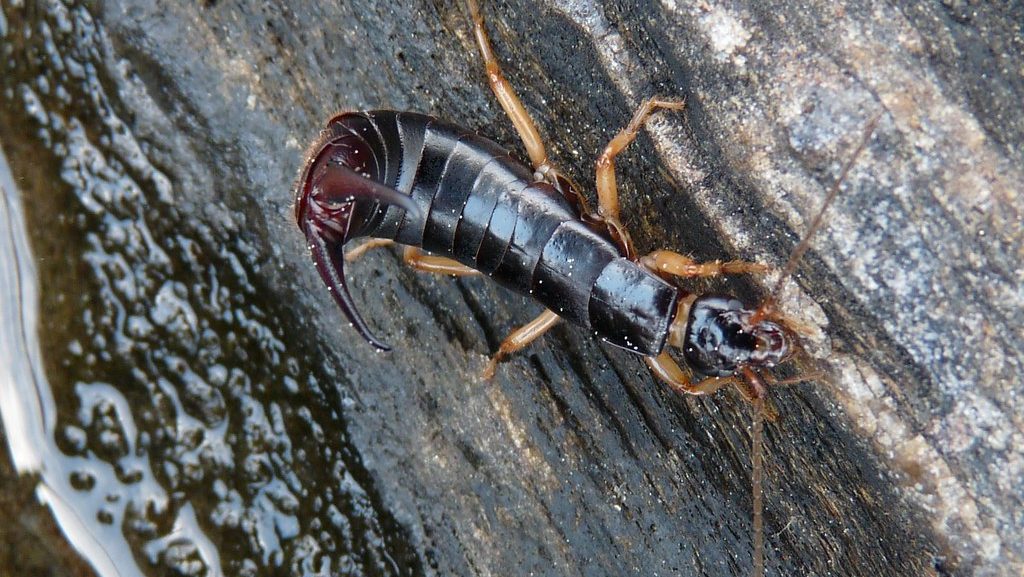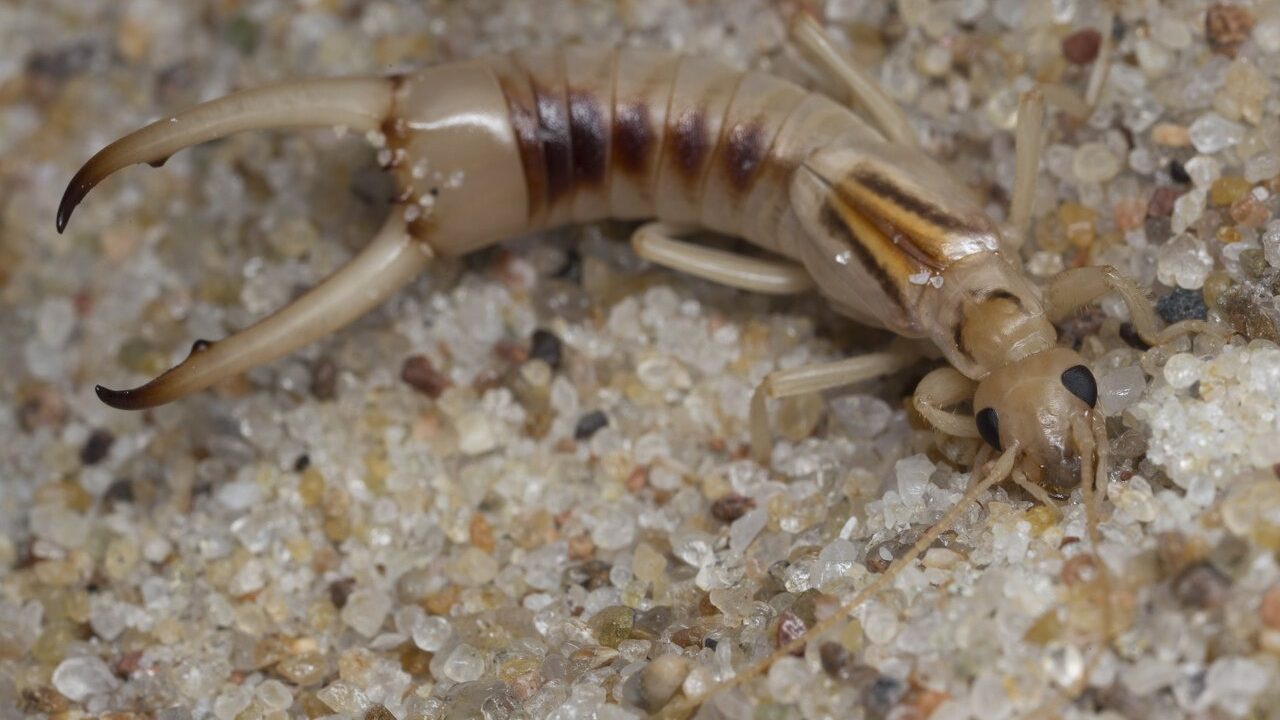Key Takeaways
- Earwigs do not crawl into human ears or burrow into the brain.
- They prefer dark, damp environments like mulch and basements.
- Earwigs are omnivorous, feeding on plants and small insects.
- They are beneficial in small numbers but can damage plants in large populations.
- Preventing earwigs involves reducing moisture and sealing entry points.
 Earwigs often get a bad rap, thanks to their creepy pincers and the long-standing myth that they crawl into human ears at night. But here’s the truth—these nocturnal insects may look intimidating, but they’re harmless houseguests that won’t burrow into your brain!
If you’ve spotted earwigs in your home, don’t panic. They’re more of a nuisance than a threat, and with the right approach, you can keep them from taking up residence. In this article, we’ll debunk common myths, share fascinating facts about earwigs, and give you practical, homeowner-friendly tips to keep them out of your living space.
Earwigs often get a bad rap, thanks to their creepy pincers and the long-standing myth that they crawl into human ears at night. But here’s the truth—these nocturnal insects may look intimidating, but they’re harmless houseguests that won’t burrow into your brain!
If you’ve spotted earwigs in your home, don’t panic. They’re more of a nuisance than a threat, and with the right approach, you can keep them from taking up residence. In this article, we’ll debunk common myths, share fascinating facts about earwigs, and give you practical, homeowner-friendly tips to keep them out of your living space.
Myth vs. Reality: Do Earwigs Really Crawl Into Ears?
| Myth | Reality |
|---|---|
| Earwigs crawl into human ears and burrow into the brain. | This is a myth! Earwigs prefer dark, damp environments like soil and woodpiles, not human ears. |
| Earwigs are aggressive and bite humans. | Earwigs use their pincers for defense, but they do not bite or pose any medical risk to humans. |
Features of Earwigs
-
Pincers (Cerci): The most recognizable feature, used for self-defense, mating, and capturing prey. Males have curved pincers, while females have straighter ones.
-
Wings: Some species have hidden wings but rarely use them, preferring to crawl instead.
-
Nocturnal Nature: They are active at night and hide in dark, humid places during the day.


Not getting a solution?
Get your free pest control estimate today!Where Do Earwigs Live?
Earwigs are outdoor insects that thrive in moist environments. Common hiding places include:Earwig Hiding Spots
-
Under stones, mulch, and logs
-
Inside flowerpots
-
Beneath loose bark or in decaying wood
-
Cracks and crevices near building foundations
-
Around leaky pipes or drains in damp basements or bathrooms
What Do Earwigs Eat?
-
Decaying Plant Material: Includes leaves, wood, and compost.
-
Small Insects and Eggs: Feeds on aphids, mites, and larvae, helping to control pest populations.
-
Fruits, Flowers, and Vegetables: Especially fond of soft fruits like strawberries and tender leaves like lettuce.

7 Fascinating Facts About Earwigs
-
Female earwigs provide parental care, guarding and feeding their young.
-
They have existed for over 200 million years, predating dinosaurs.
-
Despite their appearance, earwigs are not aggressive and do not bite.
-
They release a foul-smelling yellow liquid when threatened.
-
Earwigs thrive in damp, dark areas and may enter homes after heavy rains.
-
A moderate population can help control aphids and mites in gardens.
-
There are over 2,000 earwig species found worldwide, except in Antarctica.
Are Earwigs Harmful to Pets or Humans?
Earwigs are not harmful to pets or humans. They do not transmit diseases, and their pincers are not strong enough to break human skin. If an earwig does pinch, it might be a mild, momentary discomfort at worst. Similarly, if a pet eats an earwig, there is no known toxicity – the worst they might experience is a bad taste.How to Prevent Earwigs in the Home
DO'S
-
Fix leaky faucets, gutters, and drainage issues to reduce moisture buildup.
-
Remove yard debris like leaves, mulch piles, and stacked wood near your foundation.
-
Use yellow bug lights or motion-activated lighting to reduce attraction.
-
Seal entry points with caulk around windows, doors, and pipes.
-
Use a dehumidifier to lower indoor humidity, especially in basements.
DON'TS
-
Don’t let mulch get too thick, as it retains moisture and creates hiding spots.
-
Don’t leave outdoor lights on all night, as earwigs are attracted to bright lights.
-
Don’t ignore cracks and crevices in walls and foundations; earwigs use them to enter.
 Most earwig infestations can be managed with DIY prevention, but if you notice a large number of earwigs indoors or extensive damage in your garden, a professional pest control service may be necessary.
If you feel things have gone out of control, it is advised to contact pest control professionals. Our team can provide a customized approach to protect your home effectively.
Visit our Species, Control, and DIY Guide sections for additional resources on wasps and ways to tackle a wasp infestation. Prevention techniques might not be enough if you’re already dealing with a infestation in your home. Our pest control professionals provide a customized solution to protect your home effectively.
Most earwig infestations can be managed with DIY prevention, but if you notice a large number of earwigs indoors or extensive damage in your garden, a professional pest control service may be necessary.
If you feel things have gone out of control, it is advised to contact pest control professionals. Our team can provide a customized approach to protect your home effectively.
Visit our Species, Control, and DIY Guide sections for additional resources on wasps and ways to tackle a wasp infestation. Prevention techniques might not be enough if you’re already dealing with a infestation in your home. Our pest control professionals provide a customized solution to protect your home effectively.





